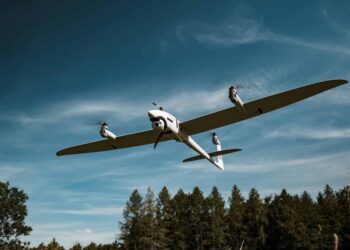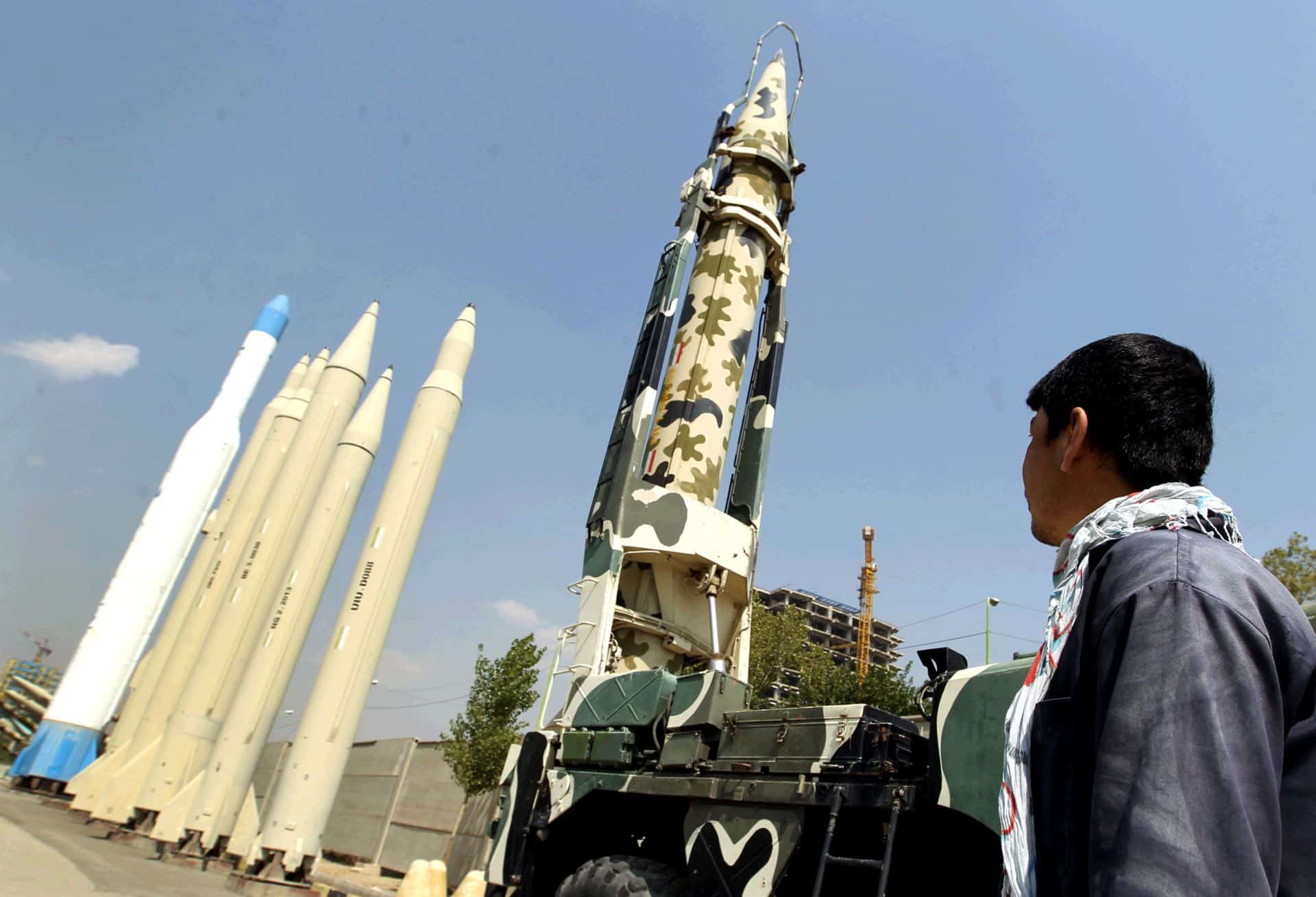Voice of America , WASHINGTON: Australian and Japanese researchers have successfully tested a jet engine that could one day revolutionize air and space travel.
For the second time in a week, a supersonic-combustion ramjet, called a scramjet, soared to an altitude of more than 325 kilometers, reaching speeds of roughly 7,500 kilometers per hour. The engine pushed the Hyshot test craft to nearly eight-times the speed of sound, about 10 times faster than a conventional jet.
Researchers at the U.S. space agency NASA conducted similar tests in 2004.
Scramjets are designed for use in the planet's thin high atmosphere on the edge of space. Unlike rocket engines, scramjets do not mix liquid oxygen with fuel to create thrust. Instead, they lighten their fuel load by using oxygen in the surrounding atmosphere to do it, a process known as “breathing air.”
Graham Dadd is an engineer with QinetiQ, the British company that designed the engines used in the test flights. He says a lighter fuel load makes for a more efficient craft. “The vehicle, in overall terms, should be more effective, and should have greater range, as a consequence of breathing air,” he said.
Dadd says the engine could eventually speed commercial travel dramatically. “It could be used for very short-duration, long-range flights, and get over the problem we have right now of taking the whole day to get between Australia and the UK, for example,” he added.
But scramjets have limitations. The engine must be traveling at roughly five times the speed of sound before enough oxygen is forced into its intakes to ignite. That means a scramjet-powered craft must be accelerated by another means.
Other significant challenges remain before scramjets can power commercial travel. Dadd said new materials will be needed for a vehicle to routinely handle the extreme heat scramjets generate. He said fuel efficiency is another issue to be studied.
“There is a considerable amount of work to be done, and it is going to require a significant amount of funding and considerable time to achieve it,” he explained.
Passenger comfort is another hurdle. The fastest manned jet is the U.S. Air Force's SR-71. Now retired, the spy plane traveled at the edge of the atmosphere at three-times the speed of sound. The SR-71's crew had to wear space suits to have a chance of surviving a mid-air emergency.
Germany says adding explosive drones to weapons arsenal
Germany said Friday it would buy explosive drones for the first time as Berlin boosts investments in its armed forces...









